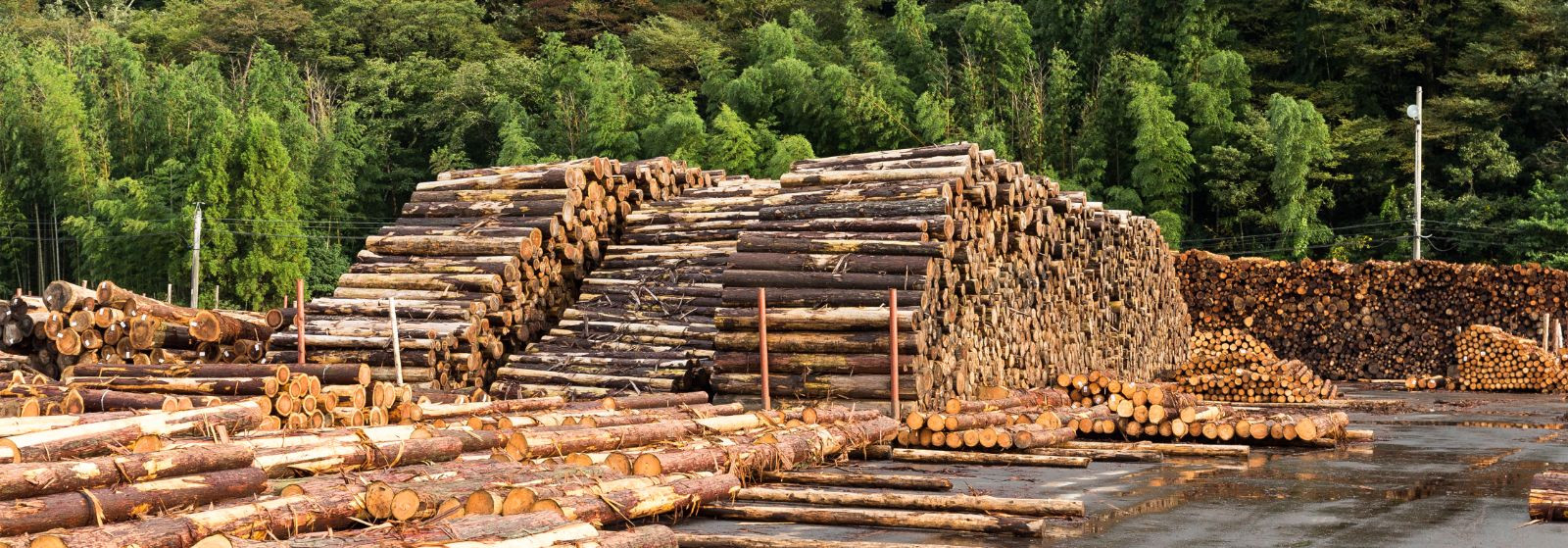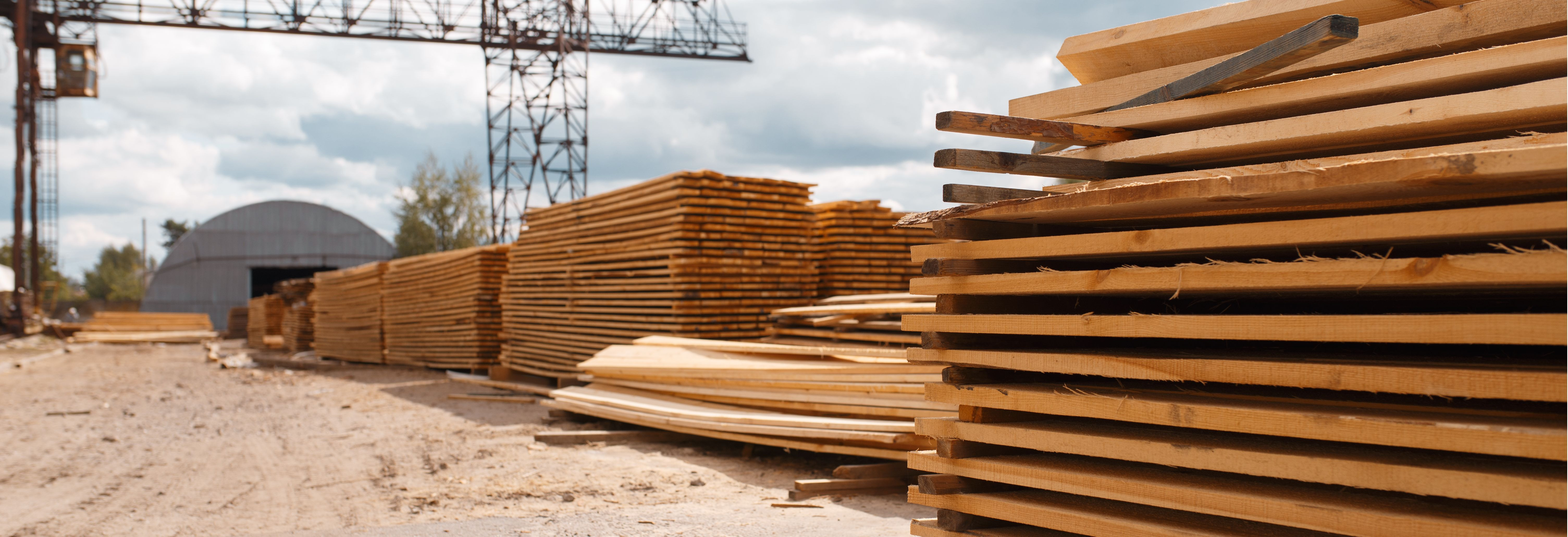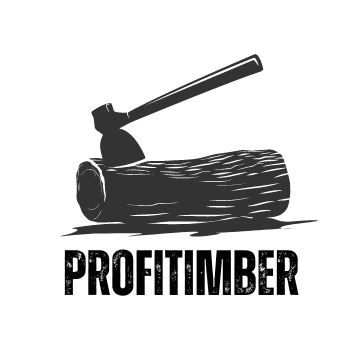- profile visits
- 105
?
Products and services
View offers
ssb.ee
Featured Image

Sustainable timber solutions
Offering a diverse portfolio of wood products and services, with a commitment to sustainability and customer satisfaction.
Puidutööstus
Puidukaubandus
Puidutooted
Puidutöötlemine
Puidu transportimine
Saematerjali eksport
Logistilised lahendused
Jätkusuutlik puit
ssb.ee
Featured Image

Timber trade
Kõva puidu müük
Pehme puidu müük
Hülgimüük
Puidu hankimine
ssb.ee
Featured Image

Wood products
Töödeldud puit
Eritellimusel puutööd
Keskkonnasõbralik puit
Ehitusmaterjalid
ssb.ee
Featured Image

Logistics and services
Puidu transportimine
Turuanalüüs
Kvaliteedi tagamine
Regulatiivne vastavus
News stories
Company articles and news feeds
Dropdown
The comprehensive guide to hardwood vs. softwood
Comments (0)
File a complaint
Choose the comment attribute that you think it contains:
You want to report an inappropriate comment.
Are you sure?
Are you sure you want to delete this article?
Check out our activities!
See also videos!
LOAD MORE



